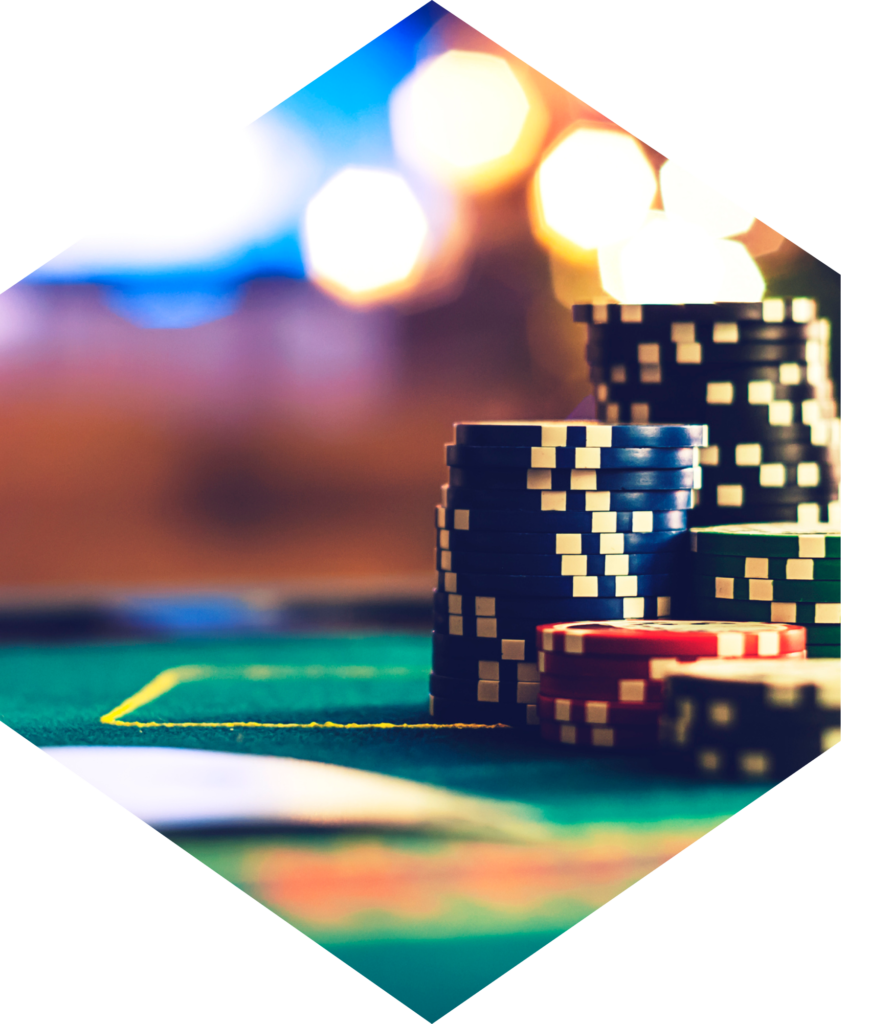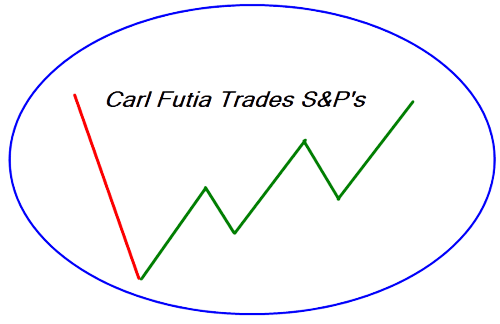Here is the truth about trading
I spend every business day making bets in the world’s biggest casino: the S&P futures market. The powers-that-be don’t like it when futures trading is compared to gambling. But that’s what it is. Until you get comfortable with this fact you have no hope of beating the game.
The best analogy for explaining the nature of futures trading is the game of poker.
What is the essential feature of poker? It is that the fall of the cards is random and thus unpredictable. On average, in the course of many deals, every player gets the same sort of hands. But no player can predict what cards he will be dealt in the next hand.
Futures trading is like poker in this respect. Price changes are essentially random and unpredictable. Most of you will object to this assertion. But statisticians have long studied the prices of commodities and futures contracts. Their conclusion: there are no profitable patterns in prices that can be exploited. And I agree.


Do you think that beating the futures market is easier than finishing in-the-money at the World Series of Poker?
Many very smart people think they can beat the game of futures trading but are unwilling to buy a seat at the World Series of Poker (WSOP). Why?
I think there is a simple explanation. They recognize that poker hands are unpredictable so as amateurs at the poker table they would have no edge, especially against experienced players.
But for some reason they also believe that, unlike poker deals, futures prices are predictable and can be exploited by a clever trading system. And they are not deterred by the obvious fact that their competitors in the market are just as smart and probably have more experience than they do.
These people are just kidding themselves. The objective odds of success in the futures game worse than in the WSOP. I doubt that more than 5% of futures trading accounts show a net profit when they are closed. Why do you believe you will finish in this winning elite?
Futures trading is a game of chance. Price move up and down in an essentially random way. Highs and lows are pretty much impossible to identify as they develop.
Yet there are a few players in the futures game who are consistent winners.
HOW DO THEY DO IT?
They do it by playing YOU - not the market!
They know they cannot predict movements in prices. But they often can identify YOUR BUY AND SELL ORDERS. And when this happens they buy when you are selling and sell when you are buying.
How can they identify your orders? They know that amateur traders tend to sell near lows and buy near highs. Amateurs, like most people, naturally expect price movements to continue rather than reverse. So when prices are falling fast they panic and throw in “get me out” sell orders. And when prices are persistently rising they cannot resist chasing the market with buy orders. Expert traders relentlessly exploit this aspect of human nature.
The second reason for experts’ advantage is more perverse. A large fraction of players know they are amateurs and want to move up out of the amateur class. So they read books or watch YouTube videos about how to make money at futures trading. But remember, most futures traders are losers. And so, necessarily, most books and videos about trading are produced by losers, people who cannot make a dollar trading for themselves. And they all recommend buying on a rising market and selling on a falling one.
But this reveals the hidden key to successful trading:
Do the opposite of what the amateurs do!
Amateur traders add volatility to the market whenever they sell when prices are falling or buy when prices are rising. Their behavior pushes prices too high or too low for brief periods of time. By doing the opposite you can profit from this excess volatility even though you cannot otherwise predict the movements of market prices.
My 40 years trading the S&P futures has taught me to do exactly this. And by watching my trades on Twitter you will see how I profit from the mistakes of the legion of amateur traders who think they can beat the market.
What amateur traders believe that just isn’t true
Amateurs are slaves to market fluctuations. They buy after the price has gone up above some high or moving average and they sell when the opposite happens. They think in terms of market trends and expect them to continue and lack the skill to do anything else.
“Trade with the trend – the trend is your friend.” You find these aphorisms in every book on trading. But who says markets show any tendency to trend? Virtually every statistical study of this question concludes that trends do not exist.
Professionals do not believe in trends. Instead they try to make markets’ random fluctuations work for them by anticipating price will change direction and snap back into previous trading ranges. Consequently, they buy on declines and sell on rallies. If you read any book on trading you will be told that buying breaks and selling rallies is extremely dangerous, indeed impossible to do profitably. But watch me trade for a while and you will see this is not true.
Amateurs always use stop-loss orders to get out of losing trades. This presumes that there is some magic price that will warn you of a bad trade. But price changes are pretty much random and prices are as likely to advance as decline once any stop order is elected. For this reason it isn’t wise to let a single price tic determine your market position.
Another serious problem with using a stop-loss order is that you will probably ignore what the market does after the stop-loss is hit. The natural tendency is to lick your wound and turn your attention elsewhere. But who is on the other side of your stop-loss? Nine time out of ten it will be the professional trader! He or she is taking advantage of your willingness to sell on a drop in price below some low or moving average. So the time to pay the most attention to the market is just after your stop loss has been hit!
Professionals buy breaks when they see evidence of amateur selling and sell rallies when they see amateurs are buying. This is how they play you, not their cards. They prey on amateur behavior, behavior which is very predictable since it is the recommended course of action in every book on trading I have read.
Amateurs think in terms of market trends and expect them to continue. Professionals think in terms of trading ranges and expect them to continue. They buy near previous lows and sell near previous highs. If the market does break out from a trading range they look for another trading range to form after amateurs finish piling in on the break out.
